TEMPLATES & DOWNLOADS
Building customer personas is crucial in helping better understand the type of customers you should be targeting online.
Execute a successful content marketing strategy with our checklist and audit to successfully drive your targeted audience to engage with your content and increase brand perception.
Download our Holiday Marketing Checklist to learn help you and your team stay on track right throughout the holidays.
Coming up with exciting, unique, and engaging captions for social media can be extremely difficult, especially if you're posting regularly.
DIGITAL MARKETING NEWS
Many businesses fall into the trap of thinking they need to be active on every social media platform under the sun, but that’s simply not true, especially when it comes to investing money and running paid ads.
Cross-promoting content on social media highlights your content and drives traffic to your social media platforms.
There are a ton of 'holidays' every month that could be providing your brand with a great piece of content. We've made a list of fun dates to celebrate.
Real-time marketing isn’t easy. However, when it’s done well, it can really pay off.
RESOURCES
The ultimate list of Social Media Statistics that you need to know in 2024. We've compiled everything we could find ...
Enjoy the ultimate list of Twitter statistics that you need to know. We've compiled everything we could find into one ...
Here's the ultimate list of Snapchat Statistics that you need to know. We've scoured the web and put everything we ...


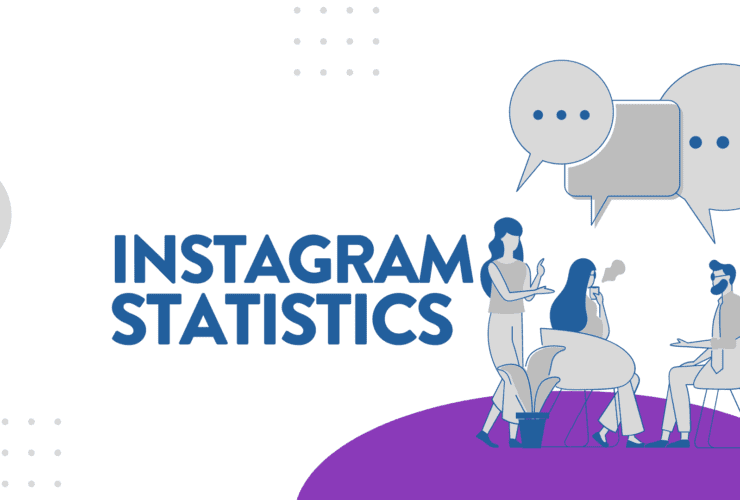
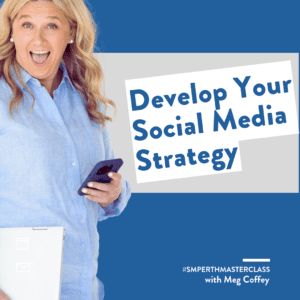

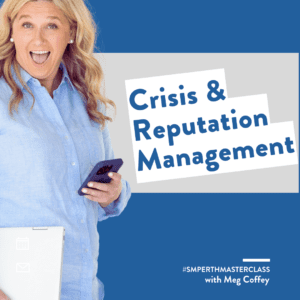


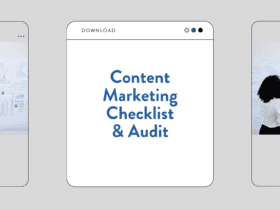
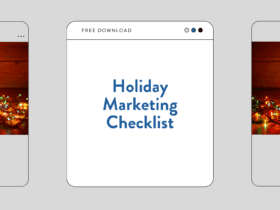
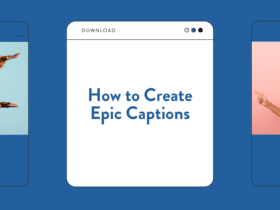
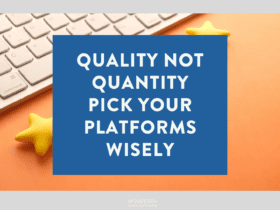
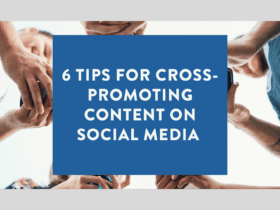






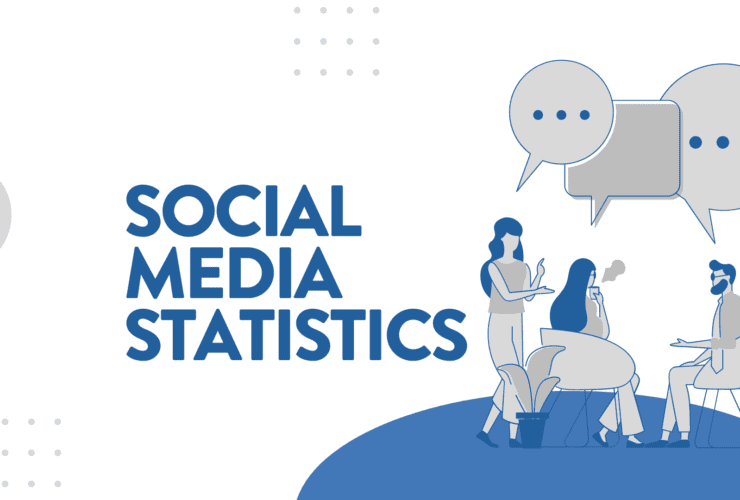
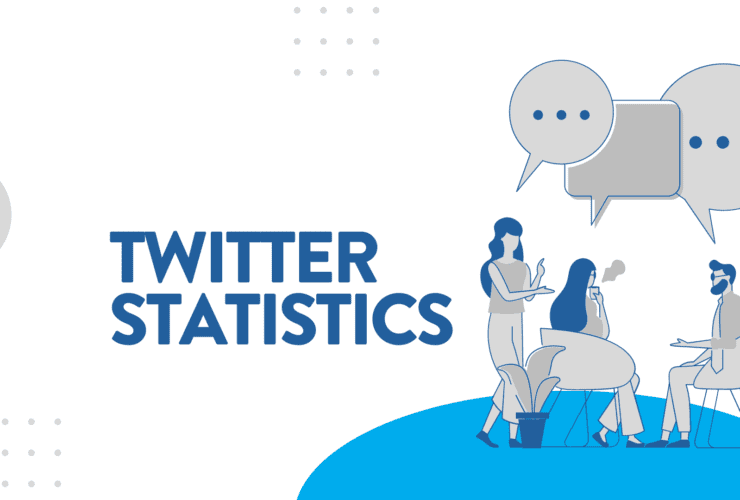
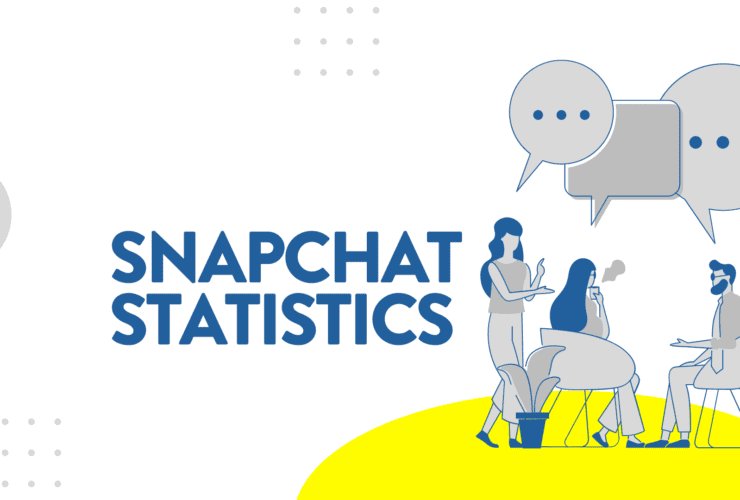

LET’S CONNECT